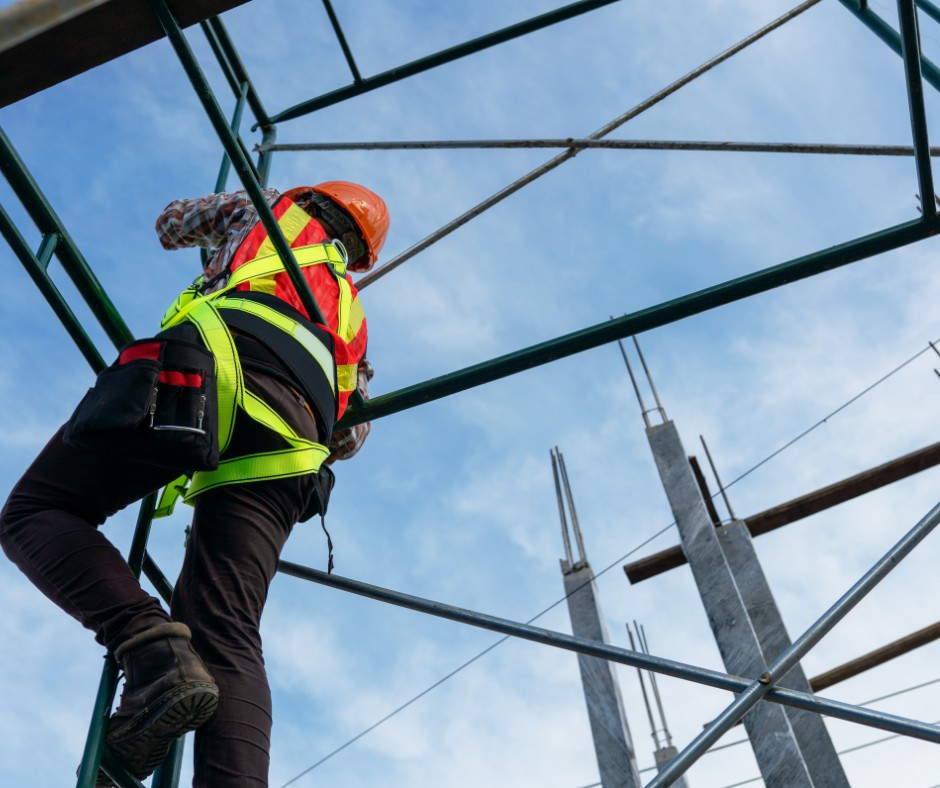Transforming Working at Heights Training with Cutting-Edge Technology
In today's rapidly evolving work environment, safety is paramount—especially for industries that require working at heights. As companies strive to improve safety protocols and minimize risks associated with working at elevated levels, the integration of advanced technologies into Working at Heights training has become increasingly vital. This blog explores the revolutionary innovations that are enhancing training effectiveness and workplace safety, including smart helmets, IoT sensors, AI-driven risk assessments, and more.
The Need for Enhanced Working at Heights Training
Working at heights can be hazardous, with the potential for serious accidents if safety is not prioritized. Traditional training methods, while beneficial, often lack the immersive and real-time capabilities necessary to prepare workers adequately. With advancements in technology, we can augment these traditional programs to create a more comprehensive safety training experience.
Innovative Safety Technologies
1. Smart Helmets
Smart helmets are a game changer in the realm of Working at Heights safety. Equipped with built-in sensors, cameras, and heads-up displays, these helmets provide real-time data and connectivity:
- Real-Time Monitoring: Smart helmets can monitor workers' vital signs and environmental conditions, alerting them to potential hazards.
- Enhanced Communication: Equipped with two-way communication systems, they ensure seamless interaction among team members, improving response times during emergencies.
- AR Integration: Some models offer augmented reality features that project critical information directly in the worker's line of sight, enhancing situational awareness.
2. IoT Sensors
Internet of Things (IoT) sensors are revolutionizing safety protocols. By embedding sensors throughout the workplace, employers can:
- Monitor Structural Integrity: Sensors can detect vibrations or shifts in structural materials to warn workers before potential collapses.
- Track Worker Movements: Wearable IoT devices can help monitor workers' locations and movements, sending alerts if they enter dangerous zones.
- Generate Safety Reports: Continuous data collection creates actionable insights, enabling employers to refine their safety protocols based on real-time feedback.
3. AI-Powered Risk Assessments
Artificial Intelligence (AI) is enhancing risk assessments by analyzing vast amounts of data to predict and prevent accidents:
- Predictive Analytics: AI tools use historical data to identify potential hazards based on working conditions and worker behavior.
- Automated Risk Assessments: With machine learning algorithms, companies can automate their risk assessment processes, resulting in faster and more accurate evaluations.
- Customizable Training Programs: AI-driven insights allow for tailored training solutions, addressing specific risks within a particular work environment.
4. Virtual Reality (VR) Simulations
Virtual reality has emerged as a powerful training tool, providing immersive simulations that enhance learning:
- Risk-Free Environment: Trainees can practice working at heights in a controlled, safe environment before facing real-world situations.
- Engaging Learning Experience: VR enhances engagement, helping trainees retain information more effectively through interactive scenarios.
- Performance Analytics: VR systems can track trainee performance, offering insights into areas needing improvement.
Implementing Advanced Technologies in Working at Heights Training
Integrating cutting-edge technologies into Working at Heights training requires strategic planning and investment. Here are steps businesses can take to adopt these innovations:
- Assess Training Needs: Identify specific safety concerns and training gaps within your organization.
- Research Available Technologies: Investigate various technologies that fit your operational needs, including smart helmets and AI solutions.
- Invest in Training Programs: Consider engaging with certified Working at Heights training providers that offer technologically enhanced courses.
- Engage Employees: Involve your team in the selection process to address their concerns and enhance buy-in.
Real-World Examples of Successful Integration
Several organizations have successfully embraced technological innovations in their Working at Heights training:
- Construction Firms: Many construction companies now use VR simulations for onboarding new employees, leading to improved retention and safety compliance rates.
- Energy Sector: Energy companies are utilizing AI for predictive maintenance and IoT sensors to monitor equipment and worker safety in remote locations.
- Manufacturing: Smart helmets have been adopted in manufacturing plants, enabling real-time data sharing and enhancing collaboration amongst teams.
Conclusion
The integration of advanced technologies in Working at Heights training represents a significant leap towards safer and more efficient workplaces. Embracing innovations such as smart helmets, IoT sensors, and AI-driven risk assessments not only enhances employee safety but also positions companies as forward-thinking leaders in workplace safety.
For businesses looking to enhance their Working at Heights training and certification programs, investing in these technologies is no longer an option but a necessity. Explore our Working at Heights Course to learn how we can help you implement these innovations in your workplace. For inquiries, contact us at [email protected].



 349,500 Offered Certificates
349,500 Offered Certificates
 24/7 Online Training
24/7 Online Training
 Money Back Guarantee
Money Back Guarantee
 Fully Accredited Courses
Fully Accredited Courses
